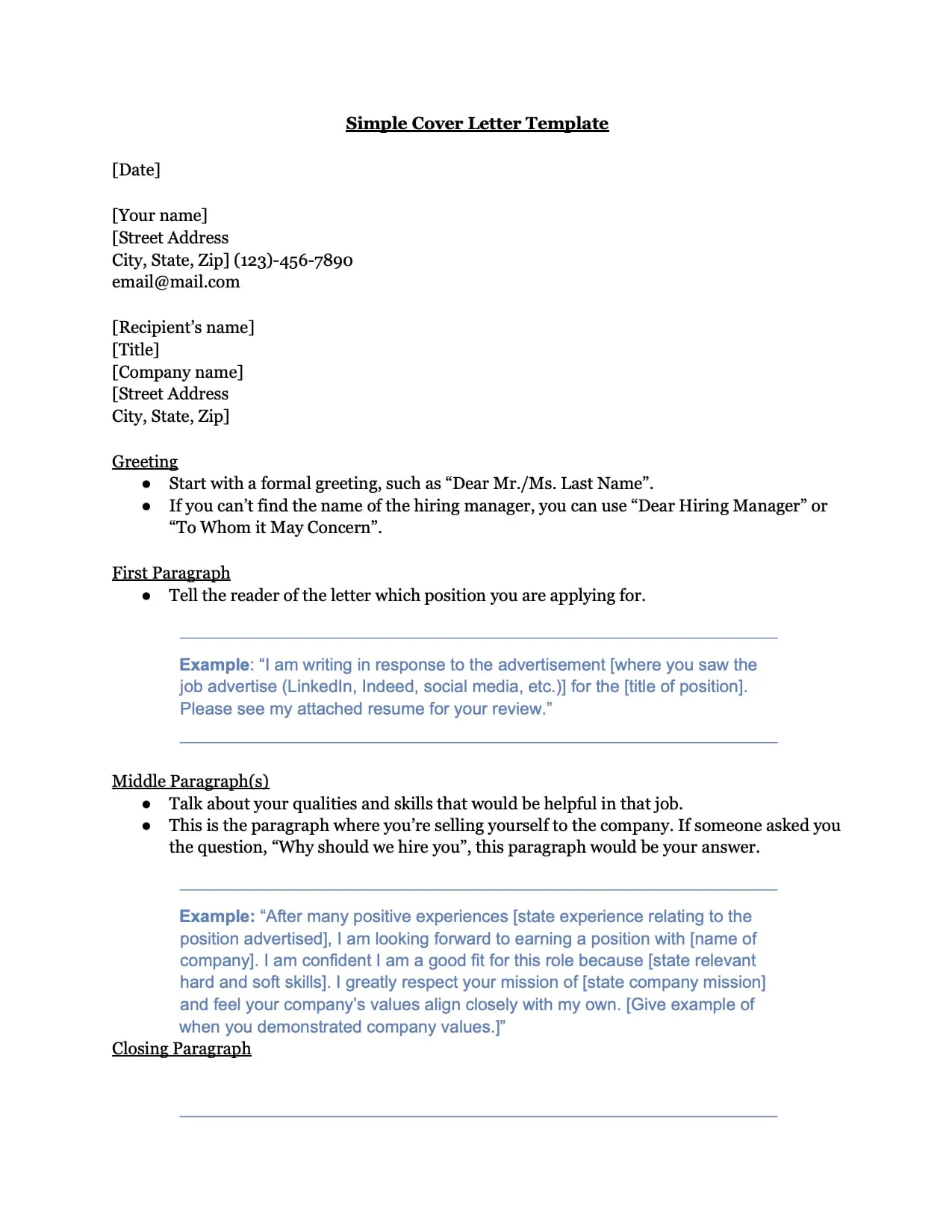Why You Need a Career Change Cover Letter Template
Embarking on a career change is a significant undertaking, often requiring a strategic approach to presenting yourself to potential employers. Unlike traditional job applications, a career change necessitates a proactive demonstration of adaptability, transferable skills, and genuine motivation. A well-crafted cover letter acts as your primary introduction, and a template provides a robust foundation. A tailored template ensures you effectively address the unique challenges of career transitions, such as explaining your reasons for switching fields, highlighting relevant experiences, and showcasing your commitment to your new professional path. Without this essential tool, it’s easy to lose the attention of the hiring manager and appear unprepared for the shift, which could jeopardize your chances of landing interviews and ultimately, new opportunities.
Understanding the Importance of a Template
Using a template isn’t about creating a generic, impersonal document; it’s about streamlining the writing process and ensuring you don’t miss crucial elements. A template acts as a framework, guiding you through essential sections and helping you structure your thoughts logically. For career changers, a template ensures you address the fundamental questions employers have: Why are you switching careers? What skills do you bring to the table? How will you contribute to our team? A template facilitates a compelling narrative that highlights your strengths, addresses potential concerns, and demonstrates your enthusiasm for the new role. Moreover, a template saves time and reduces the stress associated with a major career transition by providing a ready-to-customize starting point.
Tailoring Your Template for Success
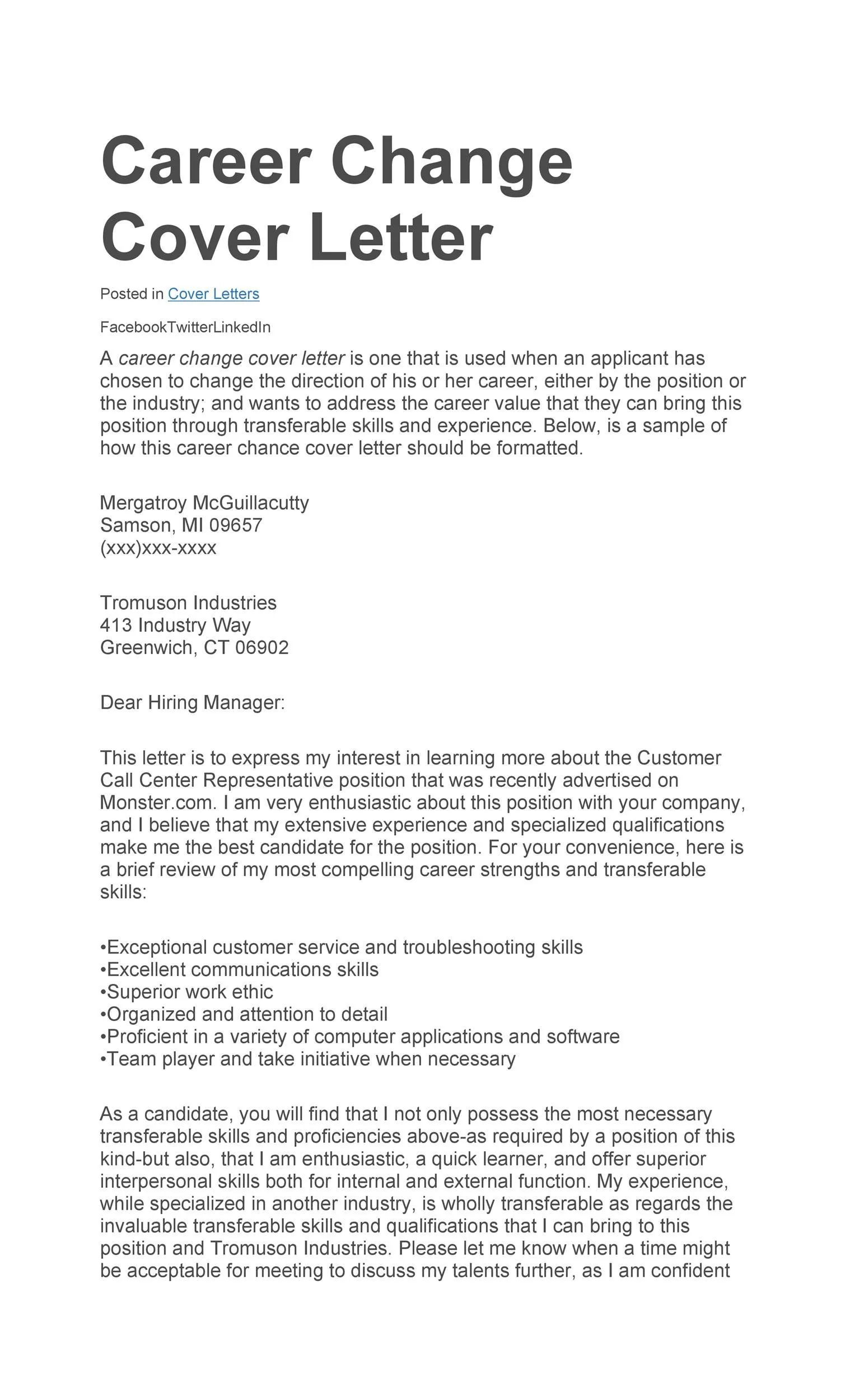
The key to a successful career change cover letter lies in personalization. While a template provides the structure, you must adapt it to reflect your unique experience and the specific requirements of each job. Review the job description carefully, identifying keywords and skills the employer values. Then, modify your template to showcase how your experience aligns with their needs. This includes highlighting transferable skills, providing examples of accomplishments, and clearly articulating your motivation for the career change. The best cover letters are not only informative but also demonstrate a genuine understanding of the role and the company, creating a strong connection with the reader. Take the time to research the company, understand its values, and tailor your language to resonate with its culture. This level of detail and personalization is what will set your application apart.
Key Components of a Career Change Cover Letter Template
A well-structured cover letter includes essential elements designed to capture attention and demonstrate your suitability for the role. You must address key questions like why are you changing careers, and what relevant skills you bring. Include clear contact information, a professional greeting, and a compelling opening statement. The body of your letter should highlight your transferable skills, explain your reasons for changing careers, and showcase your value proposition. Conclude with a strong call to action and a professional closing. Each section must be written clearly and concisely, focusing on demonstrating your adaptability and enthusiasm for the new role. The template should provide a structured framework to help you craft a compelling narrative, ensuring your application stands out from the competition.
Contact Information and Professional Greeting
Begin your cover letter by including your contact information: full name, phone number, email address, and LinkedIn profile URL. This essential information enables the recruiter to easily reach you. Following this, choose a professional greeting such as “Dear Mr./Ms. [Last Name],” if you know the hiring manager’s name. If not, use “Dear Hiring Manager” or “Dear [Company Name] Team”. Avoid overly casual greetings. The tone of your greeting sets the stage for the rest of your letter. This sets a tone of respect and professionalism. Always ensure your contact information is accurate and up-to-date to avoid any communication problems. These small details showcase your attention to detail and commitment to professionalism.
Highlighting Transferable Skills
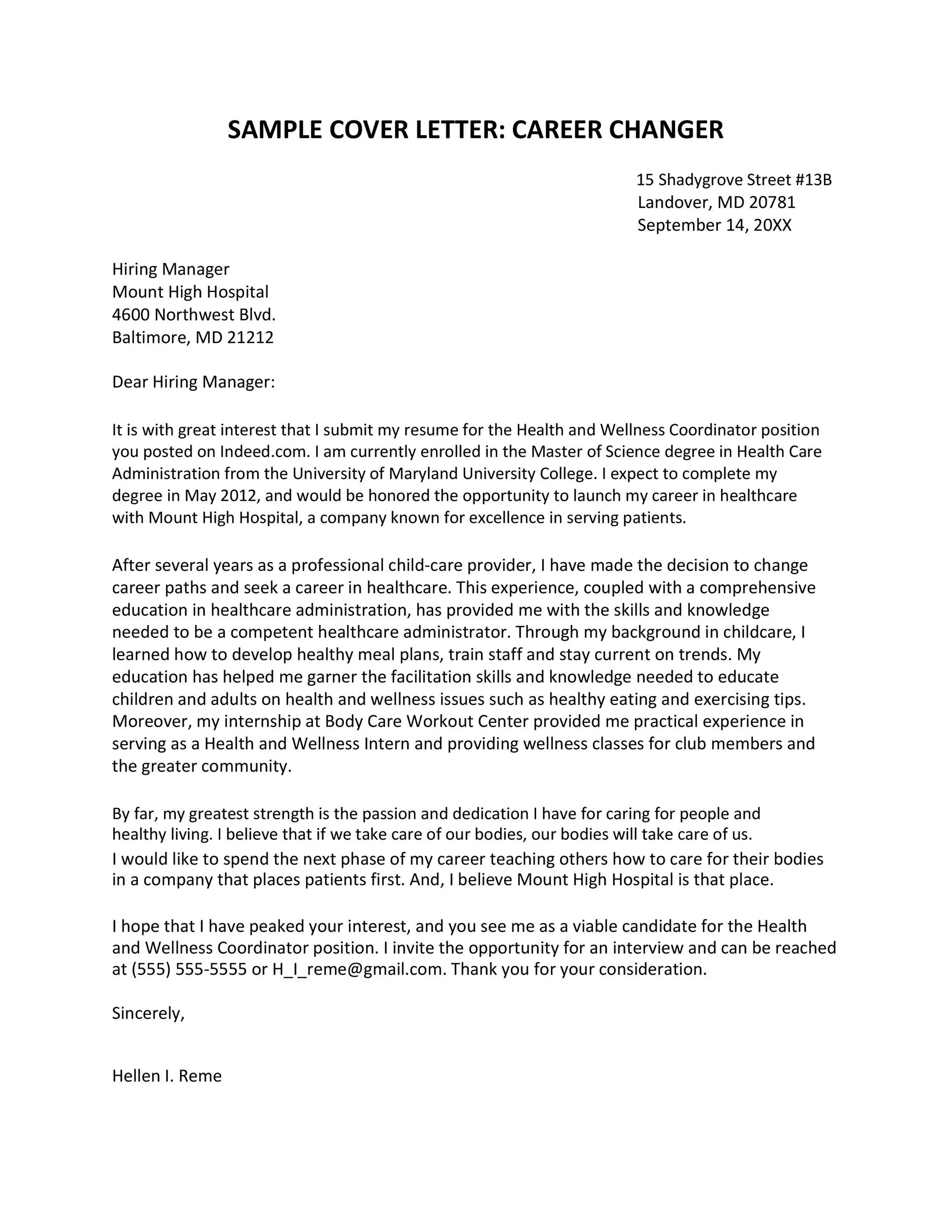
One of the most critical components for a career changer is the ability to showcase transferable skills. These are skills you’ve acquired in previous roles that are relevant to the new career path. This might include project management, communication, problem-solving, leadership, and technical proficiency. Identify these skills and provide specific examples of how you’ve used them. Use action verbs to describe your accomplishments. Quantify your achievements whenever possible to demonstrate the impact of your skills. For example, instead of saying, “Managed projects”, state “Managed three projects simultaneously, resulting in a 15% increase in efficiency”. Focusing on your transferable skills helps bridge the gap between your past experience and the requirements of your new career. This demonstrates your value to the employer and your potential for success in the new role. The goal is to convince the employer you can do the job despite not having direct experience.
Showcasing Your Career Change Motivation
Employers want to understand why you’re changing careers. Clearly and concisely explain your motivation. Share your genuine interest in the new field or role. Focus on the positive aspects of the change. Explain what excites you about the new career path. Discuss your long-term goals and how the new role aligns with your aspirations. Avoid negative comments about your previous job or industry. Frame your career change as a deliberate and strategic decision, fueled by a passion for the new field. This section is your opportunity to create a compelling narrative that connects your past experiences with your future goals. Make your enthusiasm palpable, so that the reader sees your eagerness to transition into this new role. A well-crafted explanation of your motivation shows clarity and the ability to make big decisions.
Addressing the Gap or Reason for Change
Address the elephant in the room: the gap between your previous career and the new role. Be open and honest about your reasons for changing careers. Acknowledge that your background may not be a perfect match, but emphasize your adaptability and willingness to learn. Focus on skills and experiences that are relevant to the new position. If you’ve taken courses, certifications, or participated in other activities to prepare for the career change, highlight these. Frame any potential gaps as opportunities for growth and development. Show the employer you’ve proactively taken steps to bridge the knowledge gap. Use this section to demonstrate your awareness of the situation, and highlight your efforts to make the transition smooth. Be confident and proactive in addressing any possible concerns the employer might have about your experience.
Emphasizing Your Value Proposition
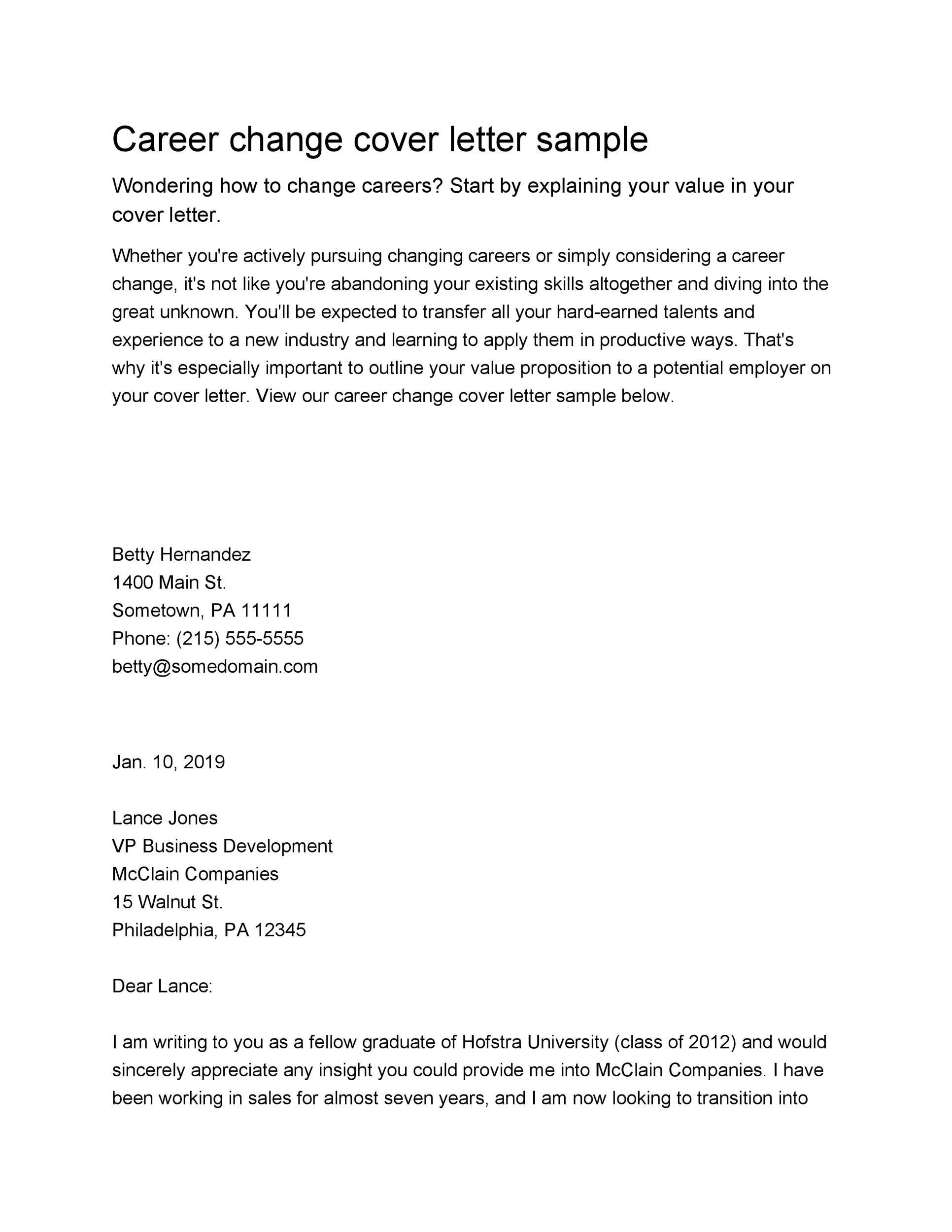
This is your chance to explain what you bring to the table. Clearly state the value you offer to the prospective employer. Explain how your skills and experiences can benefit the company. Focus on your key strengths and how they align with the job requirements. Tailor this section to the specific needs of the employer. Back up your claims with specific examples. Quantify your accomplishments whenever possible. Show the employer how your unique perspective, skills, or experience will help them achieve their goals. A persuasive value proposition demonstrates your understanding of their needs and your ability to contribute to their success. This section proves that you’re not just applying for a job, but offering a solution.
Call to Action and Professional Closing
End your cover letter with a clear call to action, such as “I am eager to discuss my qualifications further and would welcome the opportunity to interview.” Include a professional closing, such as “Sincerely,” or “Best regards,” followed by your full name. Thank the reader for their time and consideration. It is always a good idea to express your enthusiasm for the role and the company. Double-check your closing and signature to ensure they are professional and error-free. This is the last impression you will leave. A strong call to action and a professional closing leave a lasting positive impression. They encourage the employer to contact you for the next step.
Formatting and Design for Readability
A well-formatted cover letter is easy to read and visually appealing. Choose a clean, professional font like Arial, Calibri, or Times New Roman, with a font size between 10 and 12 points. Use consistent formatting throughout the document. Keep paragraphs concise and use white space effectively to avoid a cluttered appearance. Use bullet points to highlight key information and make it easily scannable. Ensure your letter is well-organized, with clear headings and subheadings. Check your layout on different devices to ensure its readability. Properly formatted documents show that you care about the details. This attention to formatting makes it easier for the reader to grasp key information quickly. It is essential to look professional when you apply, so always make sure the design of your cover letter is neat, clean and easy to read.
Choosing the Right Template Format
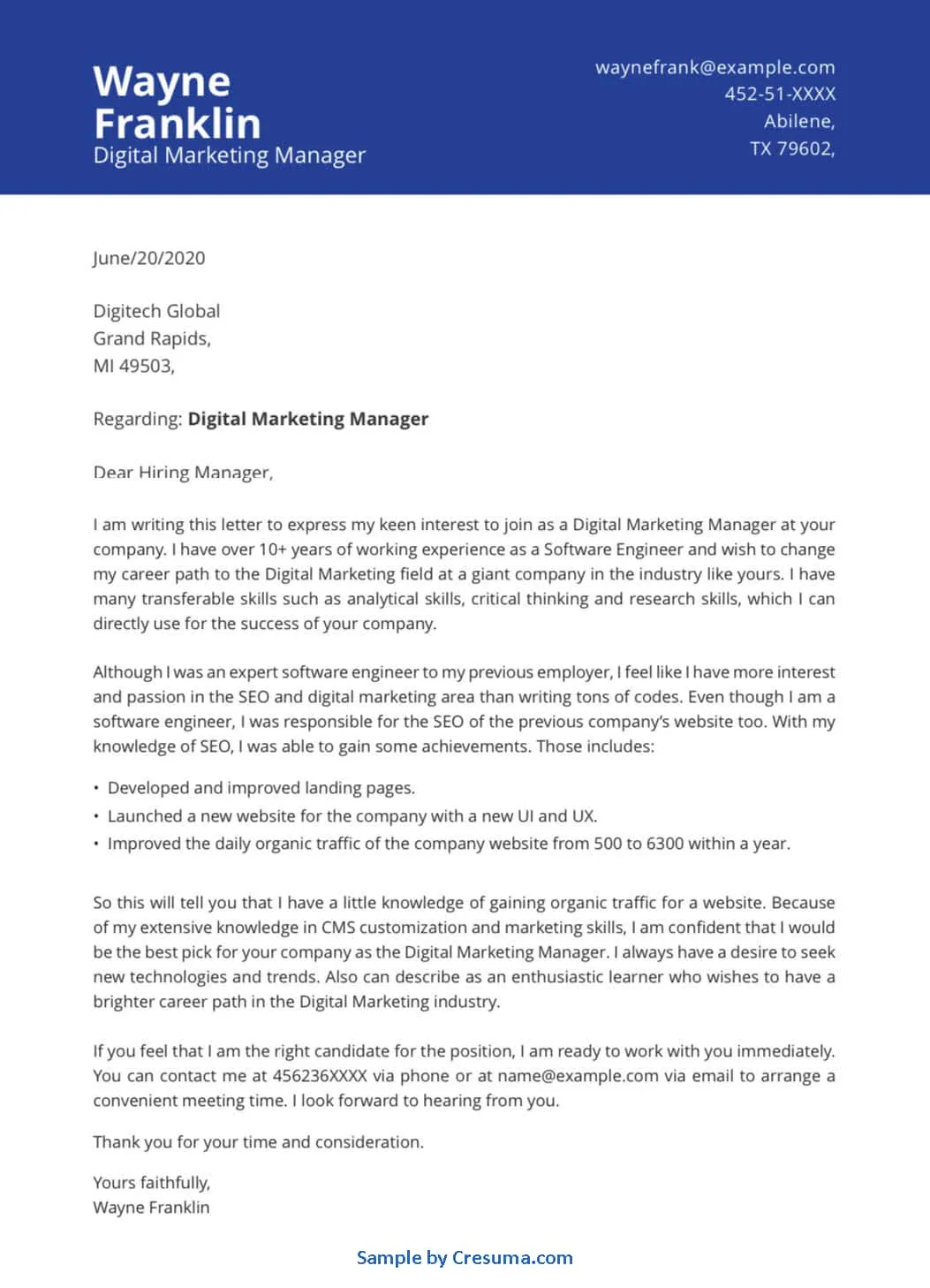
Several template formats are available, each with its strengths. Choose the format that best suits your experience and the specific job you are applying for. A functional template emphasizes your skills and abilities, making it suitable if your experience is diverse or you’re changing careers. A combination template merges elements of chronological and functional formats, showcasing both skills and experience. A chronological template focuses on your work history. However, a career changer might find this less effective if their experience is not directly relevant. Consider the company culture and the industry standards when selecting a format. The right format will highlight your strengths while addressing your career change. Tailor the format to the specific job requirements to improve your chances of success.
Optimizing for Applicant Tracking Systems (ATS)
Many companies use Applicant Tracking Systems (ATS) to screen applications. To increase your chances of getting past the ATS, optimize your cover letter. Use the keywords from the job description throughout your letter. Use a clear and straightforward format, avoiding complex graphics or tables that ATS may not parse correctly. Save your document as a .doc or .docx file, as these are generally compatible with most ATS. Avoid using headers and footers, and ensure your contact information is placed at the top of the document. Test your cover letter using an ATS checker to identify potential issues. By following these tips, you can ensure your application is easily scannable and more likely to be reviewed by a hiring manager. Making sure your cover letter gets past the ATS is essential to increase your chances of being noticed.
Editing and Proofreading Your Cover Letter
Before submitting your cover letter, thoroughly edit and proofread it. Check for any grammatical errors, spelling mistakes, or typos. Ensure your sentences are clear, concise, and well-structured. Read your letter aloud to catch any awkward phrasing or inconsistencies. Have a friend, family member, or career advisor review your letter for feedback. Pay close attention to the tone of your letter, ensuring it is professional and enthusiastic. The cover letter is a reflection of your attention to detail. Errors can make you seem unprofessional or uninterested. Taking the time to edit and proofread your cover letter increases the likelihood of making a positive impression on potential employers.
Avoiding Common Cover Letter Mistakes
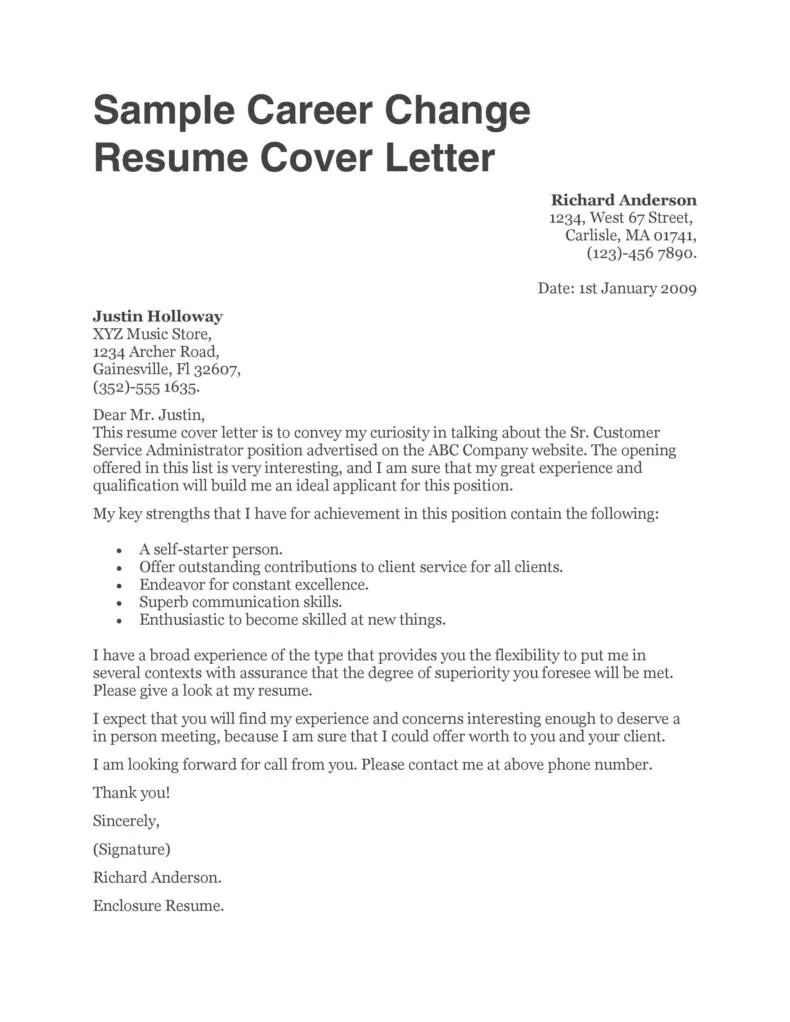
Common mistakes can significantly reduce your chances of success. Avoid generic cover letters. Tailor each letter to the specific job and company. Do not simply repeat your resume; instead, expand on your key skills and experiences. Avoid long, rambling paragraphs. Keep your letter concise and focused. Refrain from using clichés or overly formal language. Be positive, enthusiastic, and genuine in your tone. Avoid mentioning salary expectations or asking for the job. Focus on expressing your interest in the role. By avoiding these common mistakes, you will create a more effective and compelling cover letter. Avoiding common pitfalls increases your chances of landing an interview.
